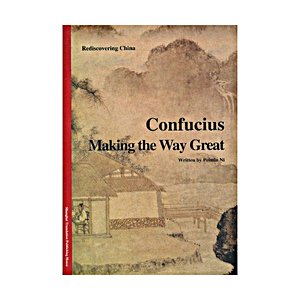

One of the easiest ways of gaining purchase on the Analects is to organize the text topically around key terms such an approach will reveal the conceptual structure and unity of Confucius’s thought. There are ways, however, that we can assist beginning students in making sense of the text. Navigating through the Analects can be a daunting task for the initiate of Confucius’s philosophy. When we first approach the Analects of Confucius we are confronted with what appears to be an assortment of unrelated sayings. The philosophy of Confucius is central to the project of understanding Chinese thought and culture, and offers different ways, which are often novel to our students, of thinking about our individual lives and their relation to the communities in which we participate. Likewise, a dialogue with the West is instructive for the Chinese. The Chinese philosophical and religious tradition offers Westerners, especially Americans, an opportunity to better understand themselves and seek possible prescriptions for many of our social maladies. By lifting ideas from the Chinese tradition vis à vis our own, we can gain a greater understanding of ourselves by looking at “the other.” Although such an in-depth understanding is crucial for the development and articulation of scholarly work on China, it is not a prerequisite for the importation of Chinese ideas into our creative philosophizing and living in the Western world. Many students, and perhaps even those of us who teach them, tend to think that we need to develop a command of the complexities of Chinese thinking, culture, history, and language before we can adequately approach the study of the longest continuous civilization on the planet. Understanding Chinese thought and its cultural context is one of the greatest challenges for Western students.

AAS Community Forum Log In and Participate.


 0 kommentar(er)
0 kommentar(er)
